“For the 2013 Pavilion I propose an architectural landscape: a transparent terrain that encourages people to interact with and explore the site in diverse ways. Within the pastoral context of Kensington Gardens, I envisage the vivid greenery of the surrounding plant life woven together with a constructed geometry. A new form of environment will be created, where the natural and the man-made merge; not solely architectural nor solely natural, but a unique meeting of the two.
The Pavilion will be a delicate, three-dimensional structure, each unit of which will be composed of fine steel bars. It will form a semi-transparent, irregular ring, simultaneously protecting visitors from the elements while allowing them to remain part of the landscape. The overall footprint will be 350 square-metres and the Pavilion will have two entrances. A series of stepped terraces will provide seating areas that will allow the Pavilion to be used as a flexible, multi-purpose social space.
The delicate quality of the structure, enhanced by its semi-transparency, will create a geometric, cloud-like form, as if it were mist rising from the undulations of the park. From certain vantage points, the Pavilion will appear to merge with the classical structure of the Serpentine Gallery, with visitors suspended in space.”
Fujimoto is the third Japanese architect to accept the invitation to design the Serpentine Gallery Pavilion, following Toyo Ito in 2002 and Kazuyo Sejima & Ryue Nishizawa of SANAA in 2009
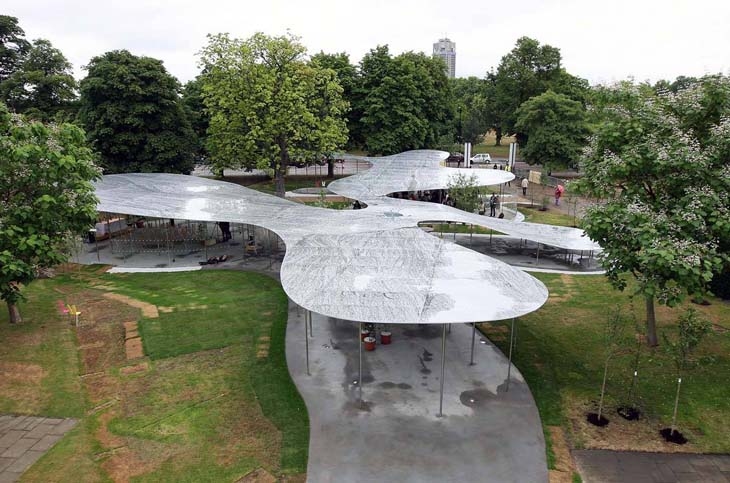 SERPENTINE GALLERY PAVILION 2009 DESIGNED BY KAZUYO SEJIMA + RYUE NISHIZAWA / SANAA (C) 2009 KAZUYO SEJIMA + RYUE NISHIZAWA / SANAA. PHOTOGRAPH: IWAN BAAN
SERPENTINE GALLERY PAVILION 2009 DESIGNED BY KAZUYO SEJIMA + RYUE NISHIZAWA / SANAA (C) 2009 KAZUYO SEJIMA + RYUE NISHIZAWA / SANAA. PHOTOGRAPH: IWAN BAAN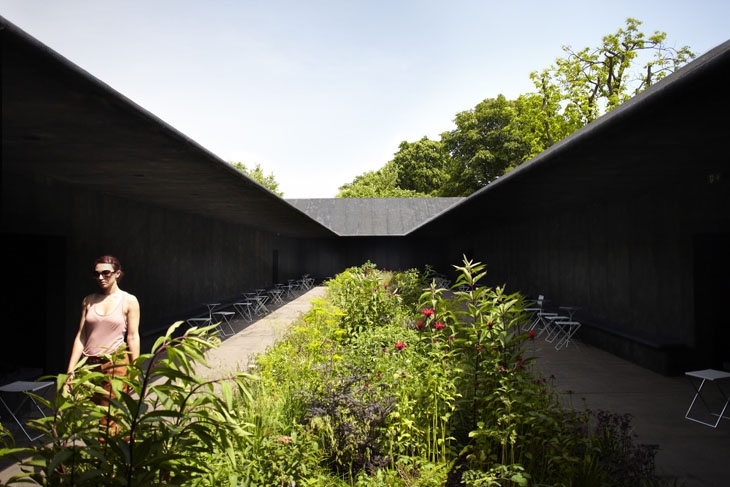 SERPENTINE GALLERY PAVILION 2011 BY PETER ZUMTHOR PHOTOGRAPH: JOHN OFFENBACH
SERPENTINE GALLERY PAVILION 2011 BY PETER ZUMTHOR PHOTOGRAPH: JOHN OFFENBACH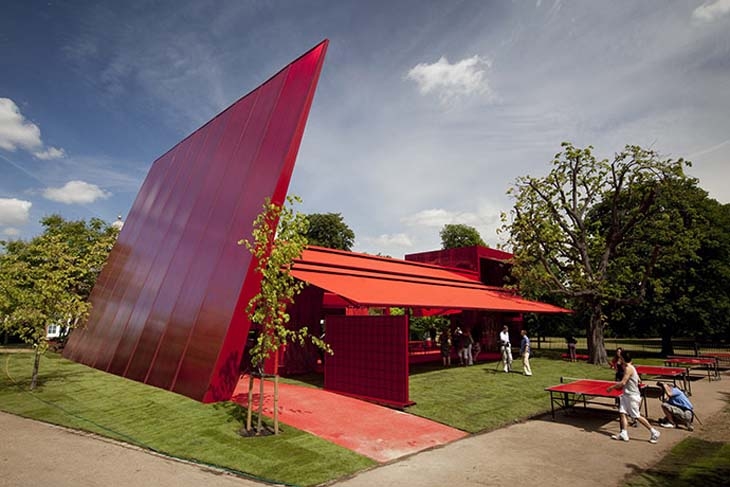 SERPENTINE GALLERY PAVILION 2010 DESIGNED BY JEAN NOUVEL. PHOTOGRAPH:DAVID LEVENE FOR THE GUARDIAN
SERPENTINE GALLERY PAVILION 2010 DESIGNED BY JEAN NOUVEL. PHOTOGRAPH:DAVID LEVENE FOR THE GUARDIAN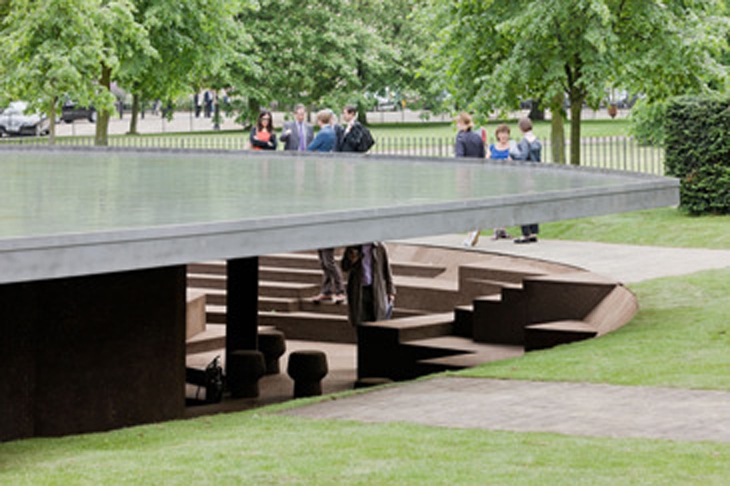 SERPENTINE GALLERY PAVILION 2012 DESIGNED BY HERZOG & DE MEURON AND AI WEIWEI. IMAGE (C) IWAN BAAN
SERPENTINE GALLERY PAVILION 2012 DESIGNED BY HERZOG & DE MEURON AND AI WEIWEI. IMAGE (C) IWAN BAAN 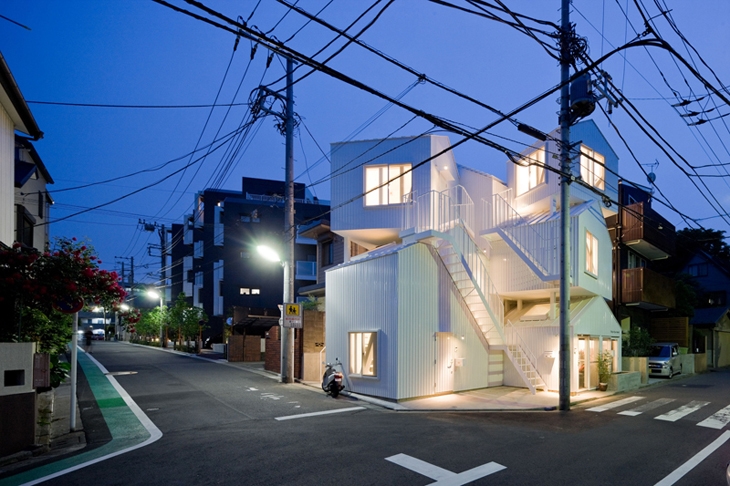 TOKIO APARTMENT BY SOU FUJIMOTO. IMAGE (C) IWAN BAAN
TOKIO APARTMENT BY SOU FUJIMOTO. IMAGE (C) IWAN BAAN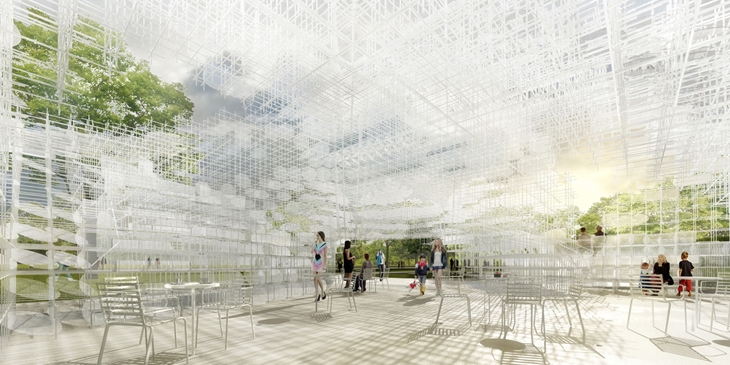 SERPENTINE GALLERY PAVILION 2013 (C) SOU FUJIMOTO ARCHITECTS
SERPENTINE GALLERY PAVILION 2013 (C) SOU FUJIMOTO ARCHITECTSREAD ALSO: OLIVEIRA DA SERRA MIL / BAK GORDON ARCHITECTS